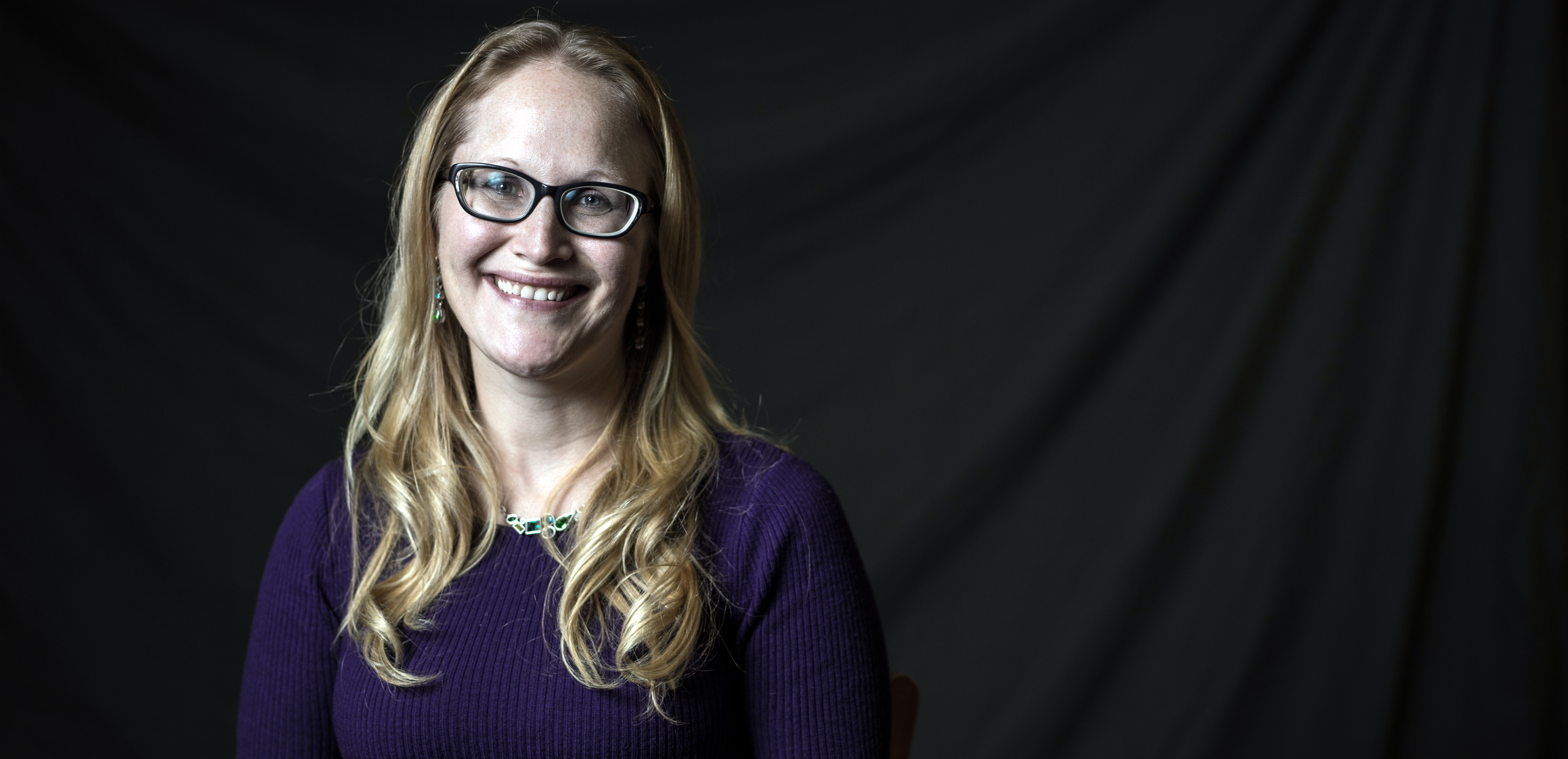
To Understand the Origins of Humanity, Juliet Brophy Starts with Teeth
Content Provided by our sponsor: TEDxLSU.![]()

Juliet Brophy, an assistant professor in LSU’s Department of Geology and Anthropology and a TEDxLSU 2018 speaker, peers into the past by studying the teeth of early humans and other species. Juliet played a leading role in the discovery of Homo naledi, a human-like species that challenges the way scientists have previously understood human evolution. She hopes that looking at how the shape and size of teeth change over time will help answer some of the most pressing questions about human evolution.
We recently chatted with Juliet to discuss her work and life. Read some highlights of the conversation below.
|
|
Why do you study teeth?
I think it’s fascinating how much we can learn about teeth! Teeth also preserve well in the fossil record and are typically used to identify species. I focus on what teeth can tell us about the evolutionary relatedness of early humans, but we can also learn about diet, growth patterns, and past environments.
What has Homo naledi taught us?
Homo naledi is fascinating because we thought that human evolution took a specific trajectory, that we evolved in a specific way, but Homo naledi tells us that we didn’t. We thought that to be in the genus Homo, you had to have a very large brain size, but with Homo naledi, we have a small-brained hominid or early human that survived for 300,000 years.
Where did the name Homo naledi come from?
The fossils were found in the Rising Star Cave system, and naledi means “star” in Sotho, one of South Africa’s official languages.
You spend a lot of time working in the field. What’s that like?
It can be very rustic. For example, I’ve done some field work in Botswana. The Botswana Defense Force went with us to explore the cave, and they gave the youngest guy a gun to go in first and make sure there were no animals. He dropped into the cave, and a couple hours later, we went in. We slid down this area and saw a huge snakeskin and on the other side of the ledge there was a bunch of bones. Then, we dropped down about five feet, and the ground was really soft. It was all bat poop and cockroaches, straight out of Indiana Jones. Then it opened up, and the whole ceiling was full of fossils. It was beautiful!
You’ve traveled a lot to South Africa for your work. What’s your favorite thing to eat there?
My favorite thing to eat is boerewors, a Dutch-Afrikaner sausage. They also make these flaky pastries that they soak in honey called koeksisters.
How do you prepare for big, high-stress things?
I do research to pump myself up for big projects. I also usually call my mom because she’s my biggest cheerleader, but I do my homework. I practice. On the big day, I tell myself, “You know you’ve done it before, you gotta do it again and, you want to do it well.”
What’s your favorite place to run in Baton Rouge?
The lakes. They’re beautiful and make running even more enjoyable. I also love seeing all of the wildlife like birds, turtles, and even foxes! I grew up on a lake so it also reminds me a bit of home. I recently bought a house near the lakes so I just walk out and go. I love it.
What TEDxLSU speaker would you switch jobs with and why?
Becky Christofferson because she joked that not a lot of people would be interested in her research because she looks at mosquitoes, but I think what she’s doing is very novel and definitely necessary.
Do you have a favorite fossil?
I met and fell in love with this fossil, Mrs. Ples, when I was taught at the University of Michigan by Milford Wolpoff. His excitement for paleoanthropology was infectious. I got excited when he started talking about her, and I kept looking at her picture thinking, “I’m going to go see her!” I went to the Transvaal Museum (now known as The Ditsong National Museum of Natural History), and they told us their spiel about the fossils, but I just stared at Mrs. Ples. I was so excited. Professor Steve Churchill, who was with me, asked what I thought, and I said, “It’s so exciting! But I didn’t have enough time to see her.” And he said, “Go again.” So I did!
To learn more about Juliet or about TEDxLSU 2018, follow TEDxLSU on Facebook, Twitter, and Instagram. Reserve your seat now to experience Juliet’s talk, as well as the talks of all of the other TEDxLSU 2018 speakers.
|
|
|
